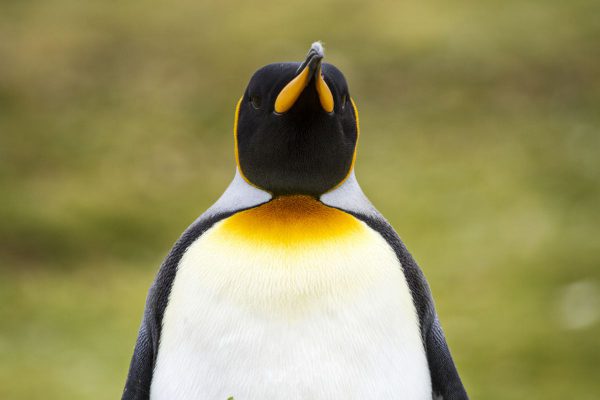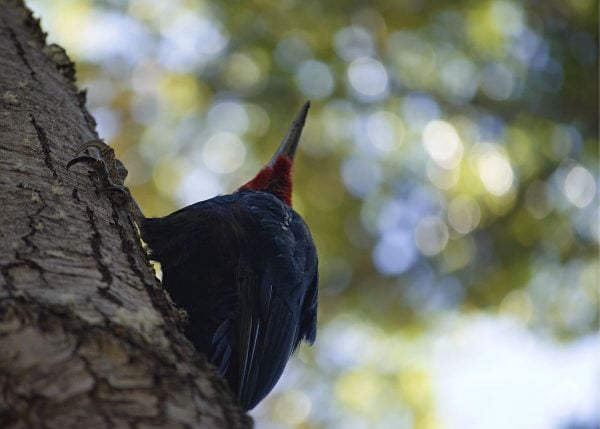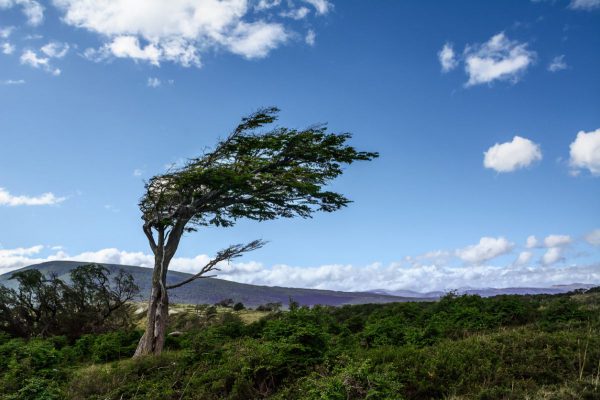Situated across the Strait of Magellan and at the very tip of the South American continent, the Tierra del Fuego archipelago is often described as the “uttermost ends of the earth”. But besides being home to Ushuaia, the world’s southernmost city, this land of windswept steppe, gleaming glacial lakes and craggy mountains has plenty of other interesting characteristics and history.
-
The Tierra del Fuego archipelago is the southernmost part of South America
Situated at the very far end of the continent, Tierra del Fuego is shared between Argentina and Chile. Surrounded by the Atlantic Ocean in the east, the Pacific Ocean in the west, the Beagle Channel in the south and the Strait of Magellan in the north, this archipelago’s southernmost part is Hornos Island, the location of the legendary headland, Cape Horn, which sits at a latitude of 55.9˚ S.
-
The name “Tierra del Fuego” comes from the Spanish explorer’s first sight of the archipelago
Meaning “Land of Fire”, “Tierra del Fuego” was the name given to the island when the first European explorers to venture here saw fires flicking in the darkness. These belonged to the native Selk’nam and Yaghan people who wore little clothing and instead used fires to keep themselves warm.
-
The Tierra del Fuego archipelago has been populated for thousands of years
Anthropologists believe that the first indigenous groups arrived here around 8000 years ago, with the Yaghan and Selk’nam the descendants of these initial inhabitants.
The Yaghan (only a number of whom now survive) lived as nomadic hunter-gatherers and traversed the area by canoe, while the Selk’nam, a now extinct ethnic group, instead hunted on land. Both populations declined significantly when the first European settlers arrived in the region.
-
Ushuaia is the largest city in Tierra del Fuego

Most visitors to the Tierra del Fuego archipelago make pilgrimage to the southernmost city, Ushuaia on the Argentine side of the island and from where the most accessible day trips and other tourism in the region are located. Fewer visitors venture to the Chilean side, where Bahía Inútil has the only king penguin colony in the Americas and where a road is currently being built to better connect Chile’s southernmost settlement, Puerto Williams with the mainland via a new ferry route.
-
In 1884, gold was discovered at Cape Virgenes in Argentine Tierra del Fuego
In the late 1800s, the Tierra del Fuego archipelago was the site of a gold rush, as thousands of immigrants from many European countries, including a large number of Croatians, arrived here to seek their fortunes. Gold had been discovered underneath the sands at Cape Virgenes and this unleashed a search for gold across all of the beaches on the Atlantic side of the island.
The gold rush only lasted until 1984 when the majority of the resources had been depleted, however, it helped to economically strengthen Punta Arenas and significantly increased the number of inhabitants in the region.
-
Tierra del Fuego is the location of excellent fly fishing
Rio Grande and Lago Fagnano are regarded as being some of the best waters in the world for fishing trout and salmon. The most dominant species include rainbow and brown trout and Atlantic salmon.
-
And there are plenty of animals to spot here

Home to birds ranging from Magellanic woodpeckers, condors and austral parakeets, to mammals such as guanaco, Patagonian foxes and beavers (an introduced species which has wreaked havoc on the delicate ecosystem), a visit here is guaranteed to include sightings of a wide range of animals.
-
The winds in the Tierra del Fuego archipelago are notorious

Winds in Tierra del Fuego can reach well over 60mph (100kph), and result in the hardy species of trees that grow on the islands being bent into unusual shapes. These trees, which have been blown at an extreme angle by the wind, are often known as “flag trees” because of the way they now stand.
No comments yet
There are no comments on this post yet.






Leave a comment